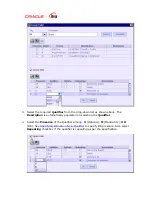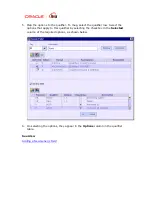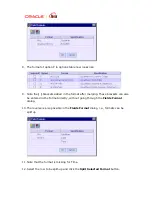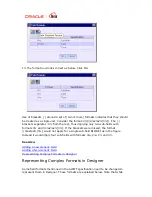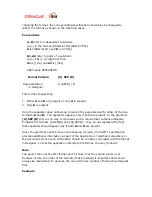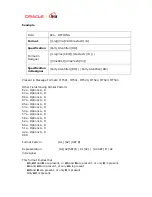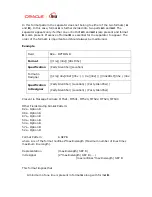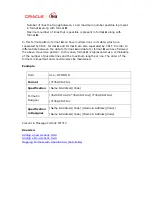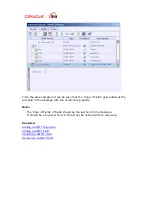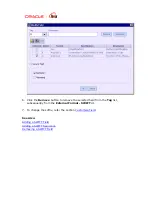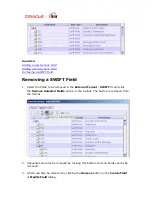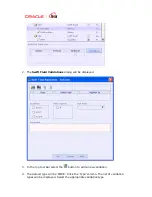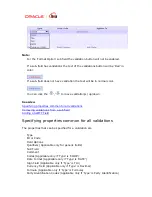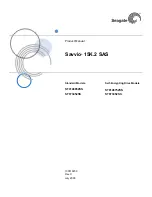
changing the format, the corresponding specification should also be changed to
reflect the format as shown in the following cases.
Conventions
A, B refer to independent sub-fields.
(e.g.) in the format ([ISIN1!e12!c])CRLF[4*35x]
A is [ISIN1!e12!c] and B is [4*35x]
A1, A2 refer to parts of a sub-field.
(e.g.) if A is [/1!a][/34x] then
A1 is [/1!a] and A2 is [/34x]
SEP means SEPERATOR.
Format Pattern
[A] SEP [B]
Representation
A [SEP B] | B
in Designer
This format implies that,
1.
Either A and B are present or only A is present.
2.
Only B is present.
Here the separator does not belong to (cannot be associated with) either of the two
formats (A and B). The separator appears only if both are present. In the grammar
[A] SEP [B] there is no way to represent such a requirement without ambiguity.
Consider the formats [A SEP][B] and [A][SEP B] – they do not represent the fact
that separator should appear only if both A and B are present.
Since the grammar cannot convey the meaning correctly, the SWIFT specification
provides additional information as part of the description or clarifies it elsewhere in
the document. Hence such information should be correctly correlated with the format
in Designer, so that the application interprets the format, the way it should.
Note
The parser tries out the first format and if it fails, tries the second (and so on).
Because of this, the order of the formats (that are ORed) is important and should
always be maintained. In general, the one with more number of fields should appear
first.
Example





